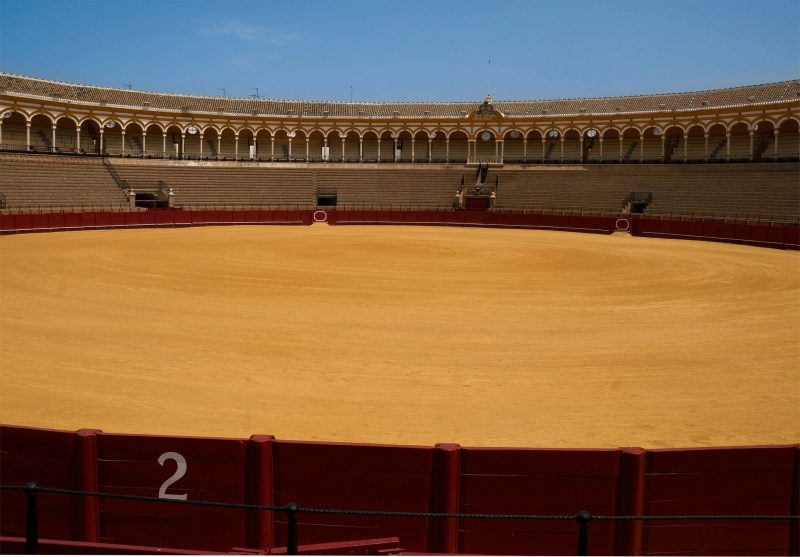Never before have there been no bullfights in Spain for such a long period. Bullfighting continued even during wartime and the Spanish flu epidemic of 1918. Now the corona pandemic threatens to kill this sector.
According to President Antonio Bañuelos of the Spanish Union of Fighting Bull Breeders (UCTL), the stagnation of the sector is especially disastrous for the bull breeders. Not only do these gigantic animals need to be fed, but their ‘shelf life’ is also limited.
Great investment for a short time
Bañuelos represents no fewer than 347 affiliated fighting bull breeders. Due to the corona crisis, they are forced to reduce their livestock numbers. Between the ages of four and six, the fighting bulls are ready for the arena. For these two years, about €5,000 has been invested in a bull. In addition, a fighting bull farm requires three to five times more manpower than a regular livestock farm.
Domino effect for other sectors
With no bullfights for over a year, the situation is becoming untenable and the bulls are left with only one road to slaughter. There they bring €300 to €500 for the breeders. Fighting bull breeder Juan Pedro Domecq estimates his loss at €4,000 to €6,000 per bull. In an arena like Las Ventas in Madrid, a fighting bull would fetch between €10,000 and €12,000.
With a 90% loss of revenue, there is no other option but to lay off the staff and close the company. This in turn has a knock-on effect on other sectors surrounding bullfighting, such as animal feed, one of the rural sectors with the greatest employment.
Madrid region provides greatest support
An exception is for fighting bull breeders in the Madrid region. Here, the sub-board demonstrated the importance of the sector by allocating a maximum of €100,000 per breeding. Twenty-one UCTL affilitated breeders can benefit from this. According to Buñuelo, the Madrid region sees the economic and cultural importance of the sector, especially for the empty, rural areas in Spain. The other regions pay only a maximum of €6,000 to €7,000 per breeding. The exception is Castile-La Mancha, where the fighting bull breeders receive nothing.
Ecological consequences
In addition to the economic consequences (before the corona pandemic, the sector brought about €4billion into the Spanish economy annually), the disappearance of the fighting bull also has ecological consequences. The animals play an important role in the preservation of nature.
In the pasture, the bulls ensure a harmonious coexistence of other animal species. The nitrates they emit are less harmful to the environment than other livestock, and no pesticides are used in the areas where fighting bulls graze.


